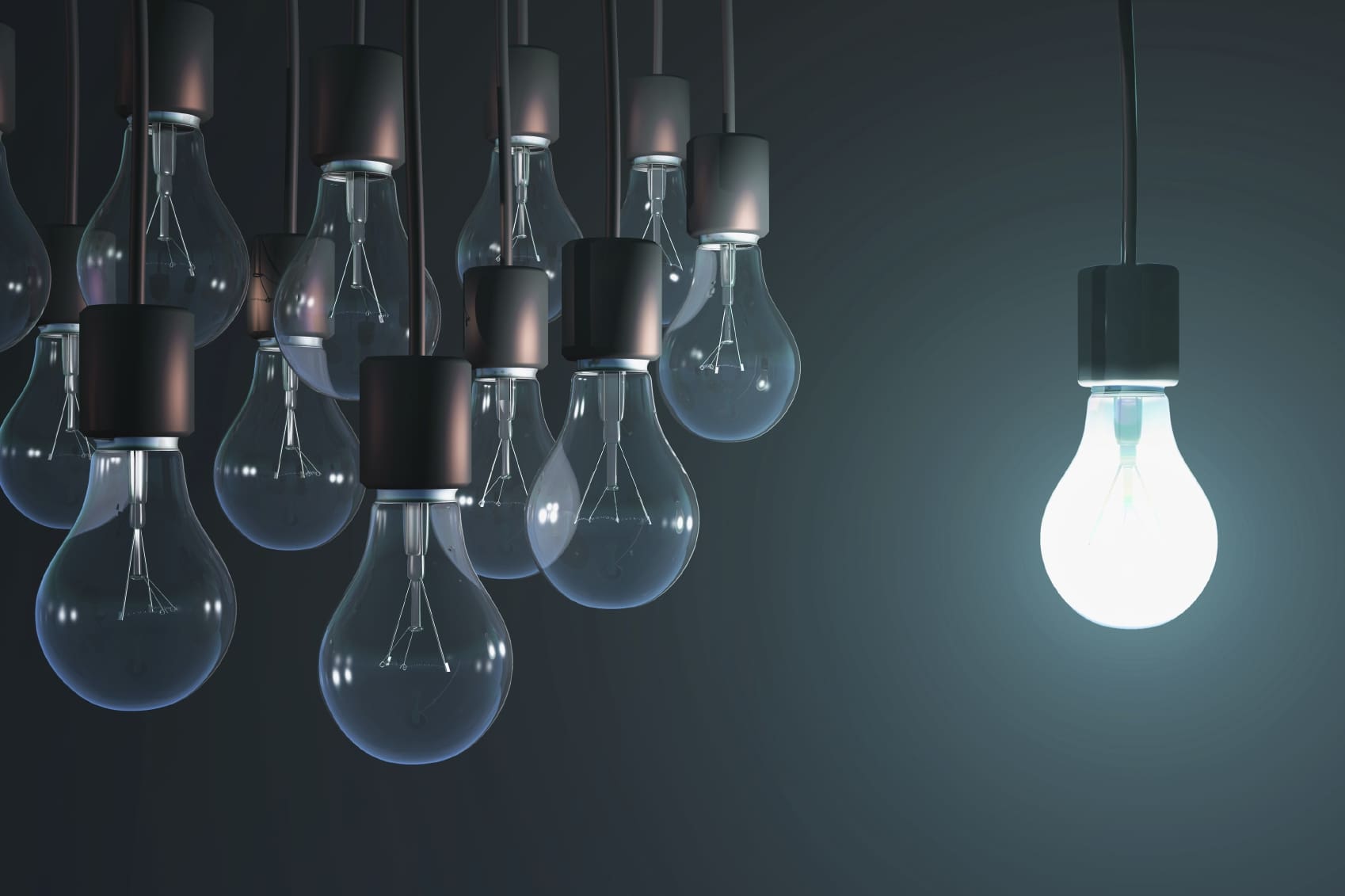Data at the Speed of Light
In today’s digital age, we all rely on data. With business increasingly conducted over the internet, vital files stored in the cloud, and telecommuters working on the go, the speed at which you can transfer that data is vitally important in both our work and personal lives. When it slows down, so do you – and this is a modern frustration which causes a lot of stress.
However, there may be a new solution on the way – one which offers data speeds 100 times faster than traditional Wi-Fi – and instead of using cables, it uses lightbulbs.

The LiFi system requires a light source such as a standard LED bulb, an internet connection and a photo detector, and allows the transmission of data through the light itself.
Last week it was tested by Estonian start-up Velmenni in a working office, allowing workers to access the internet, and in an industrial space, and while they’ve used it to transmit data at speeds of 1Gbps (gigabit per second), lab tests indicate a theoretical speed of up to 224 Gbps. A far cry indeed from the days of dial-up!
So how does it work? Well, at its most basic all computer data is binary; it consists of strings of 0s and 1s. This can easily be represented by a light that’s off (or dimmed), and one that’s on. By making the light flicker, this binary data can be transmitted. Furthermore, because the visible light spectrum is very wide, it allows for many streams of binary data to be transmitted.
Of course, nobody wants to work beneath a flickering light – however, because LED lightbulbs are also semiconductors, it is possible to make them flicker incredibly fast – so quickly that the human eye can’t detect it, but the photo detector can. The bulb can even be dimmed to a level that the human eye can’t see, so in terms of illumination it’s actually off, and still transmit enough light for the photo detector to register and use for data transmission.
This system was pioneered by Professor Harald Haas of Edinburgh University, and showcased in a TED talk in 2011.
However, at the same time, it has certain drawbacks. It relies on line of sight, so it is restricted to a single room, and can’t be used outside as direct sunlight can interfere with its signal.
As specialists in IT support in London, we think this is a promising development – but not one which is likely to replace WiFi in most offices just yet. In the meantime, if you’ve got issues with your data speeds, your software or your hardware, you can rely on our specialists to offer you practical solutions. For more information, or to book a free IT audit, contact us on 0844 939 0333 to speak to our team.



